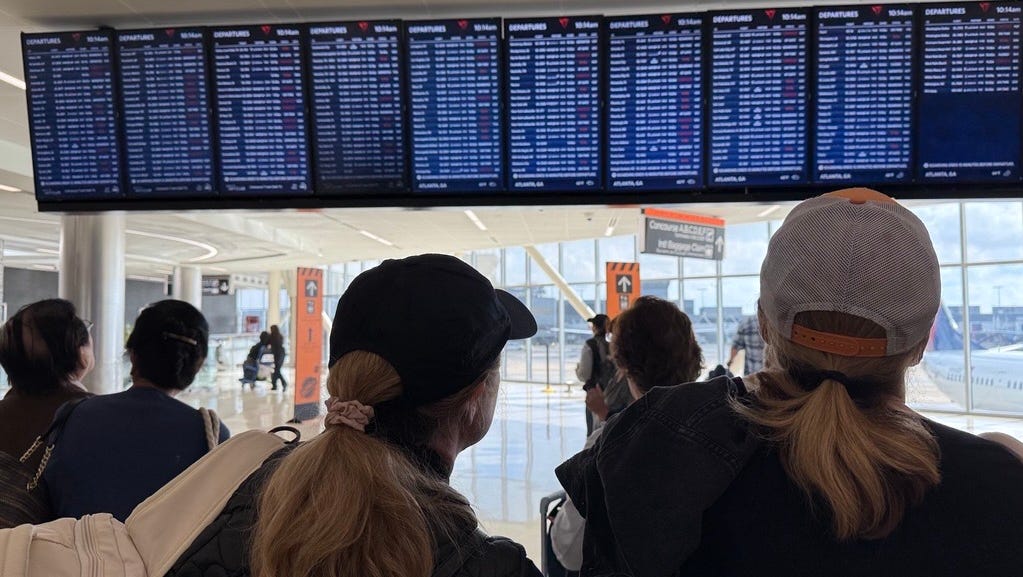More than 4,000 flights have been canceled across the United States since the Federal Aviation Administration (FAA) implemented restrictions on flight capacity at 40 major airports on November 7, 2023. This decision resulted from the ongoing government shutdown that has severely affected air travel operations. Starting from November 4, 2023, the FAA mandated airlines to reduce their flights by 4% daily at the specified airports.
Transportation Secretary Sean Duffy announced that these cuts would increase to 6% by November 11, 8% by November 12, and further to 10% by November 14. If the shutdown continues, Duffy warned that the reductions could escalate to as much as 15% or 20% of all scheduled flights. He expressed concern about the two weeks leading up to Thanksgiving, predicting significant reductions in air travel during that period. “I look to the two weeks before Thanksgiving, you’re going to see air travel be reduced to a trickle,” Duffy stated in an interview with CNN on November 9.
The impact of the FAA’s order has been profound. On November 7, there were 1,025 cancellations, which rose to 1,566 on November 8. By noon on November 9, data from FlightAware indicated an additional 1,491 flights had been canceled. The FAA’s decision to limit flights is a response to reduced staffing levels, as many air traffic controllers have been absent from work due to the shutdown. FAA Administrator Bryan Bedford noted that between 20% and 40% of controllers were not reporting for duty on any given day prior to the flight restrictions.
While not all cancellations are directly attributed to the FAA’s cuts, airlines have reported significant disruption to their schedules, leading to hundreds of delayed or canceled flights daily. The ongoing government shutdown, which has now reached its fifth week, continues to impact not only flight operations but also the resources available to airport staff and air traffic controllers, leaving many without pay.
As the situation unfolds, travelers are advised to monitor their flight statuses closely and prepare for potential disruptions as the government shutdown persists.







